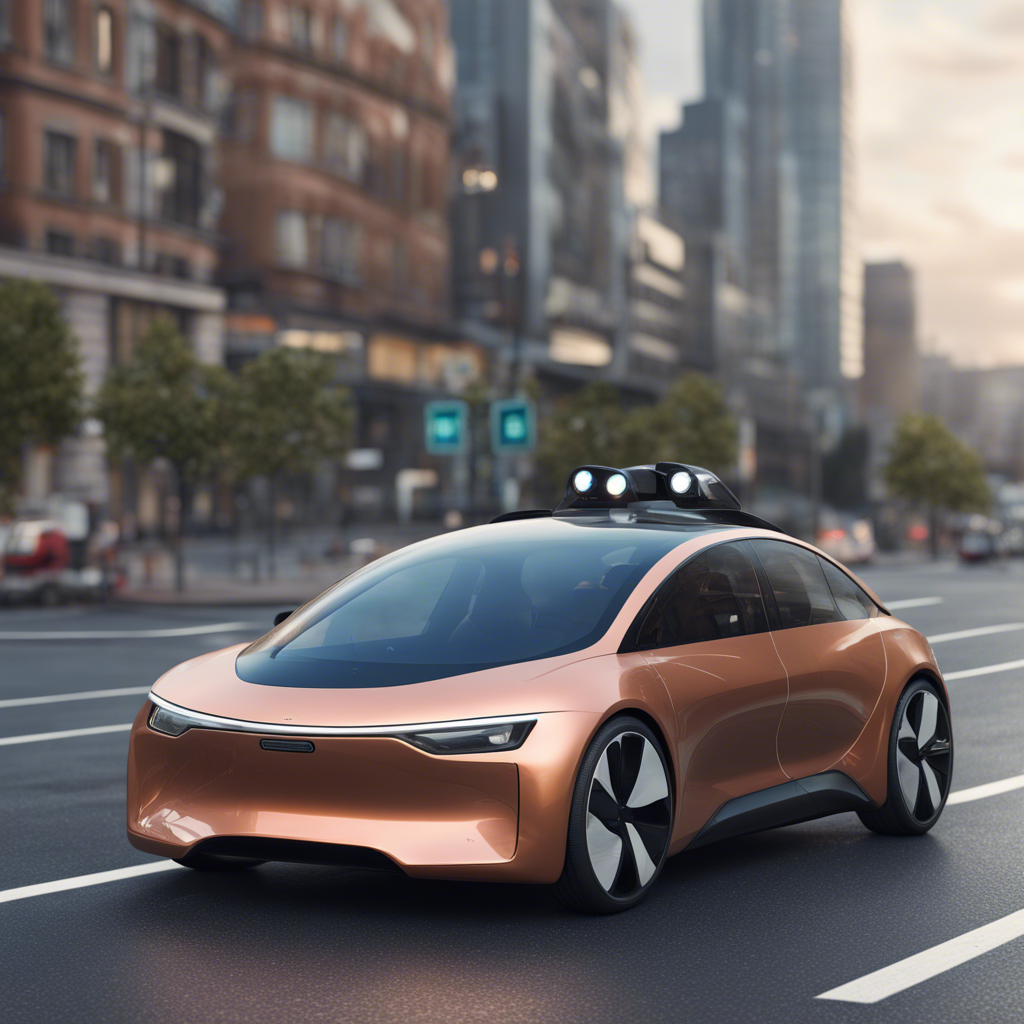
The Evolution of Electric Vehicles and Autonomous Driving
The automotive industry has been witnessing a significant shift towards sustainable and autonomous driving technologies in recent years. Electric vehicles (EVs) and autonomous driving are revolutionizing the way we move from one place to another. In this blog post, we will explore the evolution of electric vehicles and autonomous driving, looking at how these technologies have developed over time and what the future holds.
The Rise of Electric Vehicles
Electric vehicles have gained popularity due to their environmental benefits and innovation in battery technology. The first practical electric cars were developed in the late 19th century, but it’s not until recent years that they have become a viable alternative to traditional gas-powered vehicles.
Historical Milestones
- Early Development: The first electric vehicle was built in the 1830s by Scottish inventor Robert Anderson. However, it wasn’t until the late 19th and early 20th centuries that EVs started to gain attention.
- Revival: The interest in electric vehicles was revived in the late 20th century as concerns about climate change and air pollution grew.
- Tesla’s Contribution: Tesla, founded by Elon Musk in 2003, has been a pioneer in the EV industry with the introduction of models like the Tesla Roadster, Model S, and Model 3.
Current Landscape
Today, electric vehicles come in various shapes and sizes, from compact city cars to high-performance luxury vehicles. Companies like Tesla, Nissan, Chevrolet, and BMW are leading the charge towards a more sustainable transportation sector.
Future Prospects
The future of electric vehicles looks promising, with advancements in battery technology, charging infrastructure, and government incentives driving the growth of the EV market. Several countries have announced plans to ban the sale of new internal combustion engine vehicles in the coming years, further boosting the demand for electric vehicles.
Autonomous Driving Technology
Autonomous driving, also known as self-driving or driverless technology, is another groundbreaking innovation that is reshaping the automotive industry. It promises to improve road safety, reduce traffic congestion, and enhance the overall driving experience.
Evolution of Autonomous Driving
- Early Concepts: The concept of autonomous vehicles dates back to the 1920s, with various experiments and prototypes developed over the decades.
- Modern Innovations: Recent advancements in artificial intelligence, sensors, and connectivity have accelerated the development of autonomous driving technology.
- Industry Players: Companies like Google’s Waymo, Tesla, Uber, and traditional automakers are investing heavily in autonomous driving research and development.
Levels of Autonomy
Autonomous driving technology is classified into different levels based on the vehicle’s ability to operate without human intervention. The Society of Automotive Engineers (SAE) has defined six levels of automation, ranging from Level 0 (no automation) to Level 5 (full automation).
- Level 1-2: These levels involve driver assistance features like adaptive cruise control and lane-keeping assist.
- Level 3-4: At these levels, the vehicle can handle more complex driving tasks but still requires human intervention in certain situations.
- Level 5: Full automation, where the vehicle can operate without any human input under all conditions.
Challenges and Opportunities
While autonomous driving technology holds great promise, there are challenges to overcome, such as regulatory hurdles, safety concerns, and public acceptance. However, the potential benefits of autonomous vehicles, such as improved road safety, increased mobility for the elderly and disabled, and reduced emissions, make it a transformative technology with vast opportunities.
Conclusion
The evolution of electric vehicles and autonomous driving is reshaping the future of transportation. With advancements in technology, infrastructure, and regulations, we are witnessing a shift towards a more sustainable, efficient, and safer mobility ecosystem. As electric vehicles become more mainstream and autonomous driving technology matures, we can expect to see a profound impact on how we move and interact with vehicles in the years to come.
For more information and updates on the latest trends in electric vehicles and autonomous driving, stay tuned to reputable sources such as the International Energy Agency (IEA) and the National Highway Traffic Safety Administration (NHTSA).
Disclaimer: The information provided in this blog post is for educational purposes only and should not be considered as financial or investment advice.


